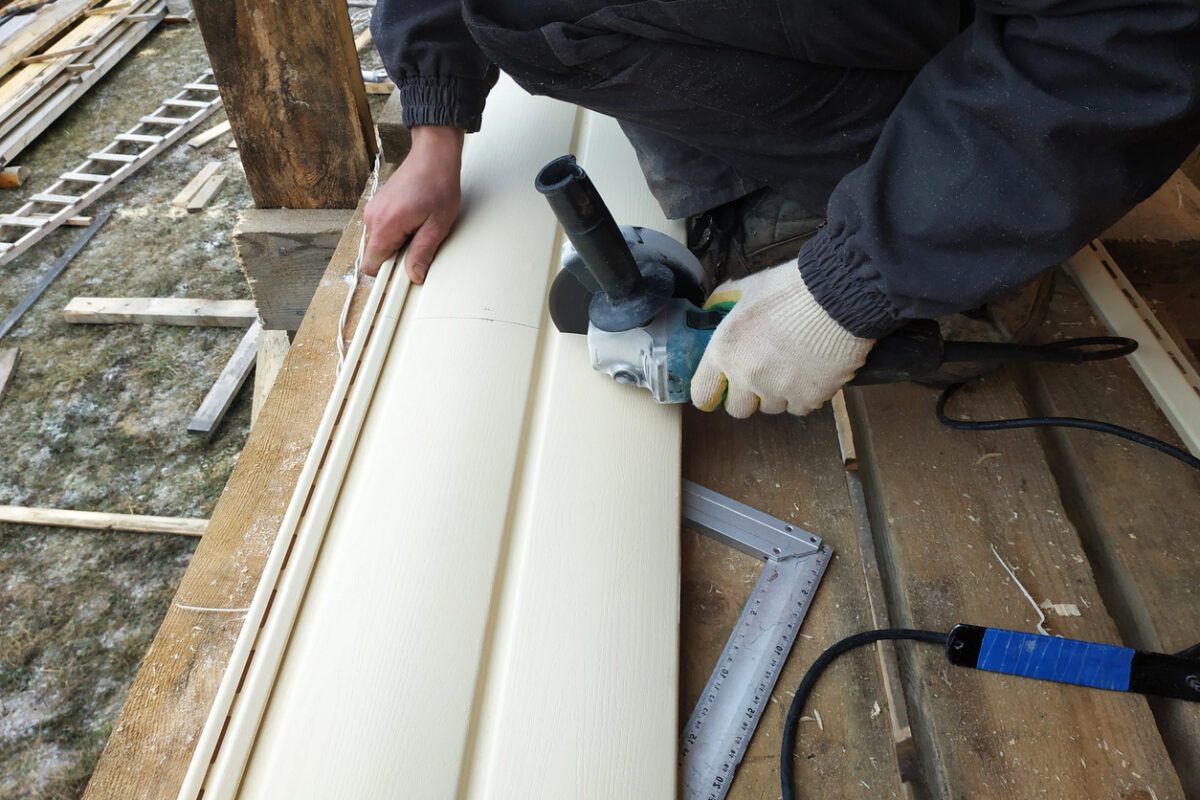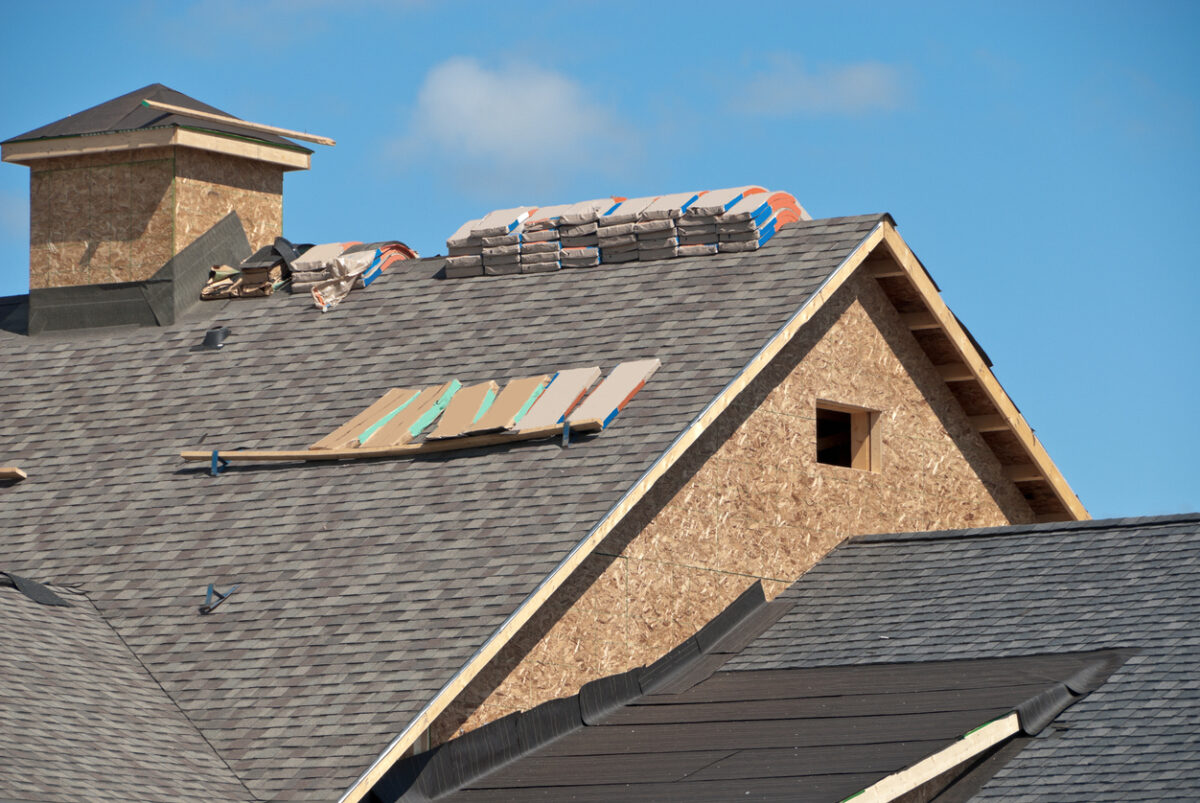Siding Fundamentals

When diving into the world of home exteriors, understanding siding terms and definitions is essential for homeowners and builders alike. Navigating the vocabulary surrounding siding can help in making informed decisions, whether you’re installing vinyl, wood, or fiber cement siding. To avoid confusion, it’s best to get familiar with siding terms and definitions, as they will clarify different aspects such as materials, techniques, and maintenance tips. Familiarity with siding terms and definitions ensures you understand the structure, design, and durability of your chosen siding options.
Aluminum Siding: Durable, lightweight siding material made from aluminum, known for its resistance to rust and low maintenance.
Backer Board: A supportive board installed behind siding to provide a solid surface for attachment.
Bevel Siding: Tapered boards installed horizontally with the thicker edge overlapping the thinner edge below, offering a classic look.
Board and Batten: Vertical siding style with wide boards and narrow strips (battens)covering the seams, often used for a rustic or farmhouse appearance.
Butt Joint: A simple joint where two boards are joined end to end without overlapping.
Caulking: Material used to seal joints or seams in siding, preventing water and air infiltration.
Channel: The groove or slot in siding that allows for the overlapping of boards, helping to prevent water intrusion.
Cladding: Any material used to cover the exterior of a building, providing protection and enhancing appearance.
Composite Siding: Made from a mix of materials like wood fibers, plastics, and resins, offering durability and low maintenance.
Corner Post: The vertical trim piece at the corner of a building where siding ends meet, providing a finished look.
Course: A horizontal row of siding or shingles.
Cupping: When the edges of a siding board warp or curl up, often due to moisture exposure.
Dutch Lap Siding: A style of horizontal siding with a decorative groove, giving the appearance of handcrafted wood.
EIFS (Exterior Insulation and Finish System): A multi-layered siding system that provides insulation, water resistance, and a textured finish.
Expansion Joint: A gap left between siding panels to allow for expansion and contraction due to temperature changes.
Face Nailing: A method of attaching siding by driving nails through the face of the panel, often used in trim installation.
Fascia: The horizontal board attached to the roof edge where gutters are mounted, often clad in siding for protection.
Fiber Cement Siding: A composite material made from cement, sand, and cellulos efibers, offering the look of wood with added durability and resistance to fire and insects.
Flashing: Thin metal sheets installed around roof and wall features to prevent water from seeping into the structure.
Furring Strip: Thin strips of wood or metal used to create a level surface for installing siding.
Gable End: The triangular upper part of a wall between the edges of a sloping roof, often clad in siding.
Gutter Apron: A type of flashing used at the edge of the roof to direct water into the gutters, protecting the underlying structure.
Insulated Siding: Siding with a foam backing that adds extra insulation to improve energy efficiency.
J-Channel: A trim piece used to hold the edges of siding panels, typically around windows and doors.
Lap Joint: A type of joint where two boards overlap, providing a secure and weather-tight connection.
Lap Siding: Siding composed of long, horizontal boards that overlap each other, providing a classic, traditional look.
Liquid-Applied Membrane: A coating applied in liquid form that hardens to create a water proof barrier.
Loose Siding: Siding that has come loose from the structure, often due to improper installation or weather damage.
Masonite Siding: A type of hardboard siding made from wood fibers and resins, known for its smooth finish.
Metal Siding: Durable siding made from aluminum or steel, known for its strength and resistance to fire, insects, and rot.
Moisture Barrier: A layer of material installed behind siding to prevent moisture from entering the wall cavity.
Molding: Decorative trim used to enhance the appearance of siding edges and joints.
Nailing Fin: A flange on the edges of some siding panels designed to be nailed directly to the wall frame.
Nailing Hem: The reinforced edgeof a siding panel designed to hold nails securely and prevent wind uplift.
Overlapping Joint: A method of joining siding panels by overlapping one over the otherto create a watertight seal.
Patching: The process of repairing damaged areas of siding by replacing or covering the affected section.
Primer: A preparatory coating applied to the surface before painting to ensure better adhesion and durability of the paint.
Rainscreen: A system that allows water to drain and air to circulate behind the siding, preventing moisture build-up.
Reflective Insulation: Insulation that reflects radiant heat, often used in conjunction with siding to improve energy efficiency.
Seam: The line where two siding panels meet.
Shake Siding: Siding that mimics the look of hand-split wood shakes, adding texture and a traditional aesthetic.
Shiplap Siding: Horizontal siding boards with a rabbet joint that creates a tight, overlapping fit, popular for its clean, modern look.
Siding Nail: Nails specifically designed for attaching siding, with a larger head to prevent pull-through.
Sill: The bottom horizontal part of a window or door frame, often clad in siding to match the rest of the exterior.
Single Course: A single horizontal row of siding panels.
Soffit: The underside of the roof overhang, often ventilated to aid in attic ventilation.
Spalling: The breaking or flaking of siding material, often due to freeze-thaw cycles or other environmental conditions.
Starter Strip: The initial row of siding installed at the base of the wall to ensure a level starting point.
Stile: The vertical piece of a frame that holds the siding panels.
Stone Veneer: Thin slices of natural or manufactured stone applied to a structure for a high-end, textured look.
Stucco: A cement-based siding material applied in multiple layers to create a textured finish, common in Mediterranean and Southwestern-style homes.
Substrate: The surface on which siding is applied, often plywood or OSB.
Synthetic Stucco: Also known as EIFS, it’s a multi-layered exterior finish system that provides insulation and a textured finish.
Thermal Bridging: The transfer of heat through a material that is more conductive than the surrounding materials, often a concern with metal siding.
Tongue and Groove: Siding boards that fit together with a tongue on one edge and a groove on the other, providing a seamless appearance.
Trim Board: Decorative and protective boards installed around windows, doors, and corners to enhance appearance and seal edges.
Underlayment: A layer of material installed under siding to provide additional protection and support.
Vapor Barrier: A material designed to prevent moisture from passing through walls or roofs.
Veneer: A thin layer of material, such as stone or brick, applied to a structure to provide an attractive exterior finish.
Vertical Siding: Siding installed vertically, creating a different aesthetic and often used in modern or rustic designs.
Vinyl Siding: A durable, low-maintenance siding material made from polyvinyl chloride(PVC), known for its wide range of colors and styles.
Vinyl Soffit: Vinyl panels installed under the eaves to provide ventilation and a finished look.
Wall Sheathing: The boards or panels that cover the wall frame and provide a base for siding.
Warping: The distortion or bending of siding material due to moisture or heat.
Water Table: A horizontal trim board installed at the base of a wall to deflect water.
Weatherboard: Another term for lap siding, often used in British English.
Weatherstripping: Material used to seal gaps around windows and doors to prevent drafts and improve energy efficiency.
Weep Hole: Small openings at the bottom of siding or masonry to allow moisture to escape, preventing damage.
Wood Siding: Natural wood boards or shingles used for exterior cladding, offering a traditional and attractive appearance.
Share this post




